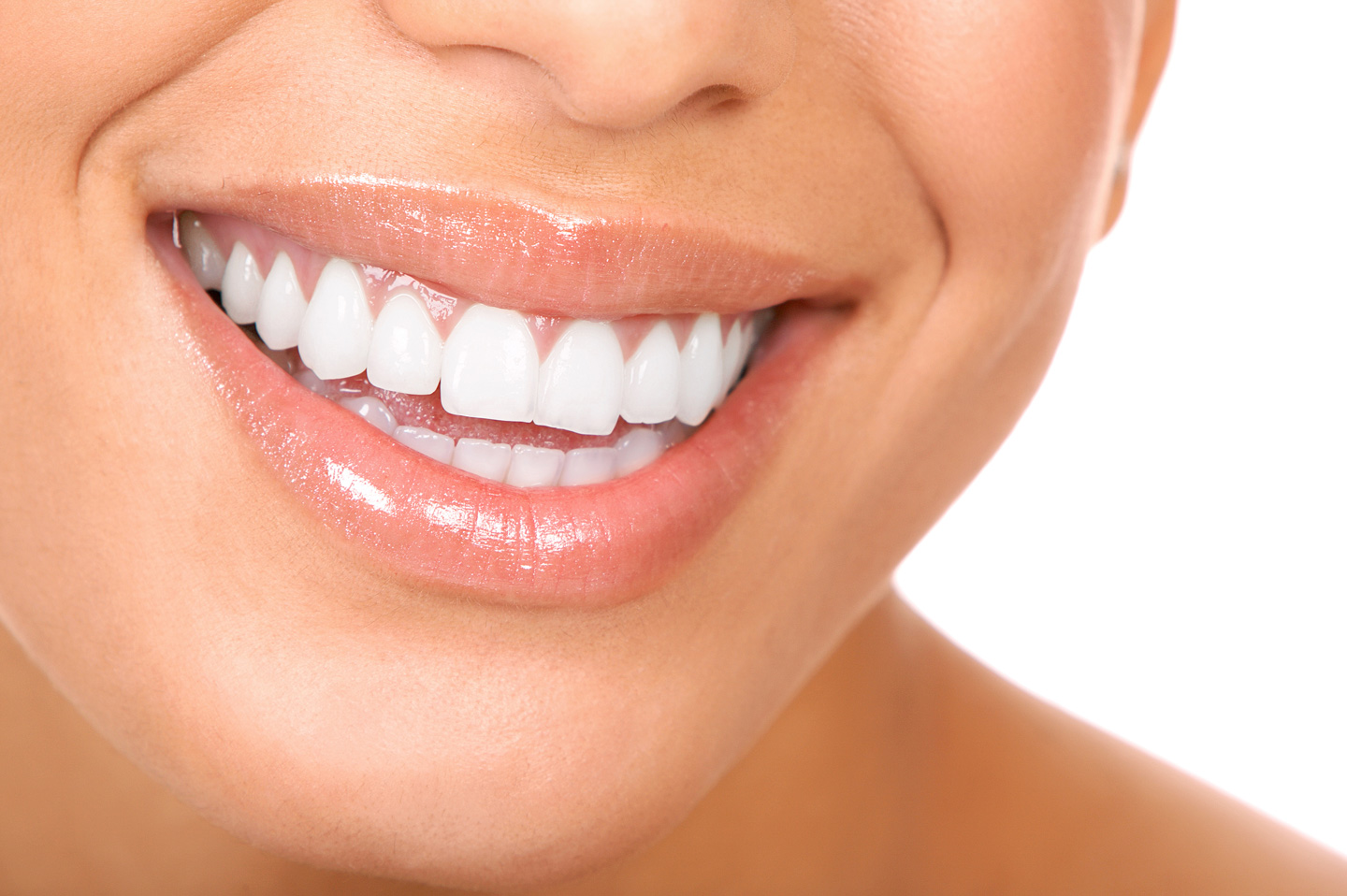
Does Dental Cleaning Whiten Teeth?
Understanding Dental Cleanings
Components of Dental Cleanings
Scaling: The meticulous removal of plaque and tartar from the tooth surfaces, including between the teeth and below the gumline.
Polishing: The smoothing of tooth surfaces to eliminate surface stains and create a clean, polished appearance.
Fluoride Treatment: The application of fluoride to strengthen tooth enamel and prevent tooth decay.
Does Dental Cleaning Whiten Teeth?
The act of removing surface stains during the polishing phase can contribute to a subtle improvement in tooth color. However, it’s crucial to note that dental cleanings are not specifically designed as teeth-whitening procedures. The polishing process primarily targets extrinsic stains caused by factors like coffee, tea, or smoking.
Intrinsic stains, which originate within the tooth structure, are not effectively addressed through routine cleanings. Common causes of intrinsic stains include age, certain medications, or exposure to excessive fluoride during tooth development. If you’re seeking significant whitening, additional cosmetic procedures like teeth whitening treatments may be recommended.
Teeth Whitening vs. Dental Cleanings
Maintaining Whitened Teeth
Conclusion
Dental cleanings play a vital role in oral health, contributing to a cleaner and fresher smile. While they can have a subtle impact on tooth color by removing surface stains, their primary purpose is preventive care rather than cosmetic whitening.
If you’re specifically interested in achieving a whiter smile, discussing your goals with your dentist is a proactive step. They can provide insights into professional teeth whitening treatments or recommend appropriate at-home solutions based on your dental needs and preferences.
Remember, a healthy and bright smile is the result of a combination of good oral hygiene practices, routine dental cleanings, and, if desired, specific teeth whitening procedures.

